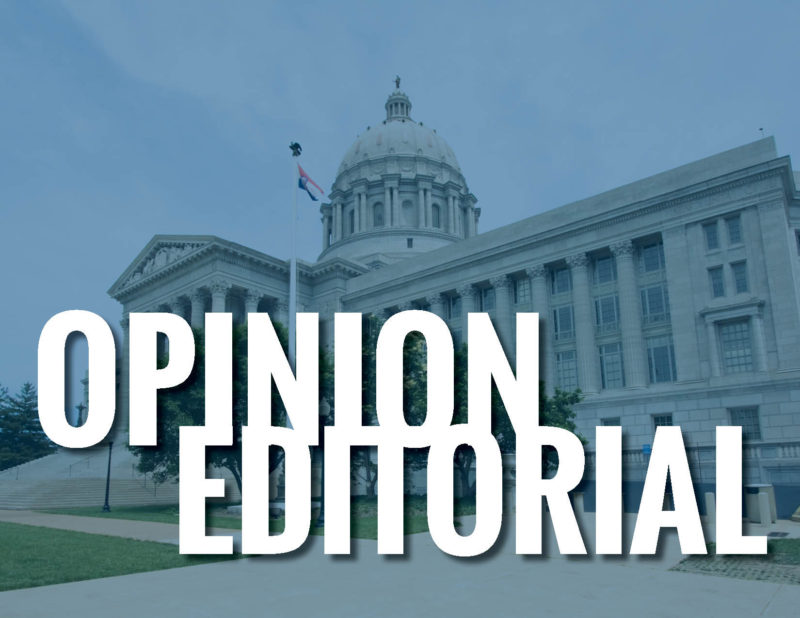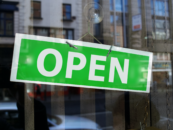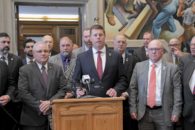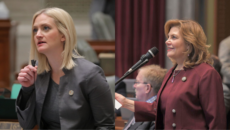COVID-19 has wrecked more than just our economy; it has thrown a wrench into America’s education system. Students have been forced out of the classroom and into their homes, thrust into a world of virtual learning that few were prepared for. Missouri schools have not been alone in all this; every single child has been greatly impacted by COVID-19. Our next step in recovery is to find a way to safely return students to the classroom and to their schools. Schools around the state, especially schools in poorer districts, are struggling to find it in their budget to keep it open.
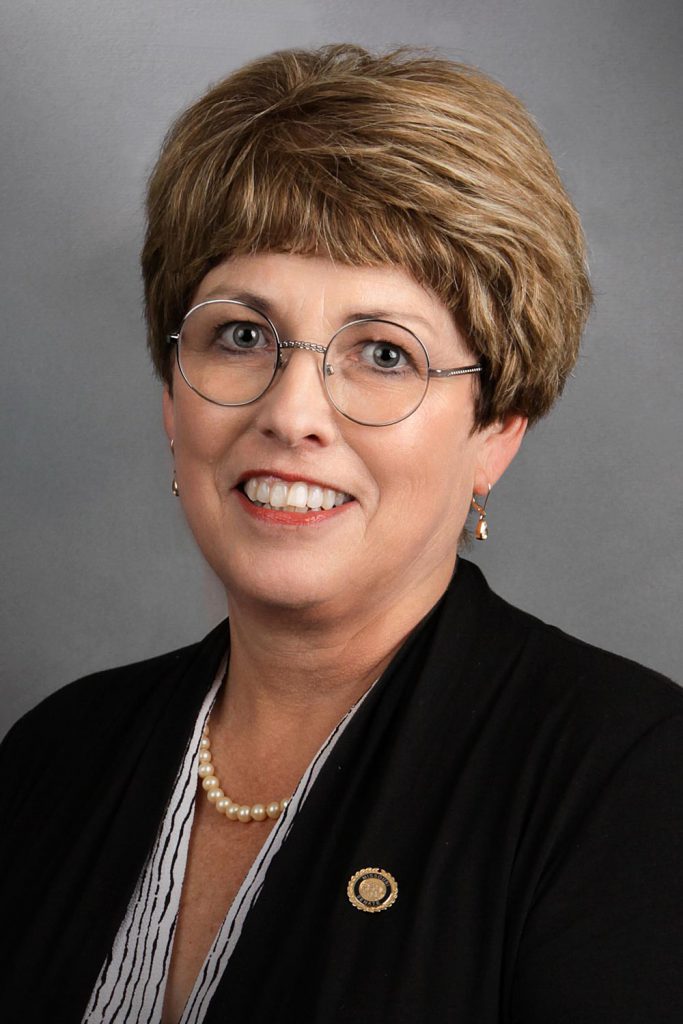
That is why Congress is considering extra aid for schools in the next COVID relief bill. I think that any aid for K-12 education needs to take into account the enormous role that private schools play in American society. 5.7 million students attend private schools around the nation. That is no small number. Private schools make up 10 percent of the student body. Many of these private schools serve children in low-income families in America’s poorest regions. Of course, private schools are not immune from the effects of COVID-19 either, and many are considering closures.
As it stands, public education simply couldn’t handle even a small influx of private school students. A lot of educrats may not be happy about this reality, but private schools are saving some of the poor public districts from going under. It would cost school districts (already strapped for cash) $15 billion if just 20 percent of the 5.7 million students in private schools had to go back into the public system.
So, if Congress feels the need to roll out another round of aid to help education, it only makes sense that the millions of students and families who rely on private education likewise get help. I support the idea of a one-time appropriation to provide direct tuition relief to private schools for lower-income families. Tax money should follow the students, and these private schools are the lifeline for millions of kids nationwide. State governors would identify the scholarship granting organizations to disperse the funds to, and those organizations would distribute the funds to needy families.
Additionally, this one-time emergency aid should be paired with a federal tax credit proposed by President Trump and known as Education Freedom Scholarships. The theory behind these programs is that it would encourage private donations and contributions to scholarship granting organizations — privately funded, instead of direct taxes. States would choose to participate in the program, and the scholarships could be used for a variety of educational uses, including tuition, special needs services, tutoring, and workforce training. This allows more versatility than exists in what public education can provide.
It only makes sense that since private schools educate 10 percent of the K-12 student population, the emergency appropriation should be 10 percent of whatever is appropriated for public schools. Since House Democrats are sure to indulge in some budget craziness, it is up to the Senate to make sure some common sense comes through to help education. If not, private schools serving children from lower-income families will close, and states will incur the costs for educating a massive influx of students. For the sake of students, it’s time we recognize and support the role of private education.
EDITOR’S NOTE: For up-to-date information on coronavirus, check with the CDC and DHSS.

Cindy O’Laughlin is a Republican state senator and chair of the Missouri Senate Committee on Education. She is a former school public school board member and a former private school administrator.

